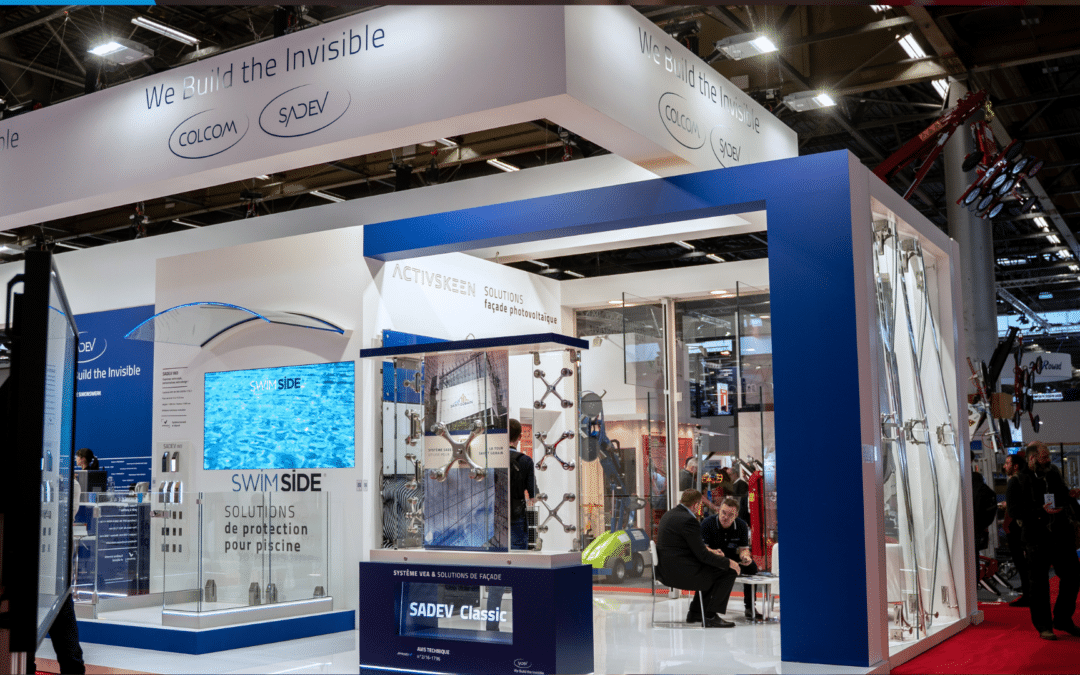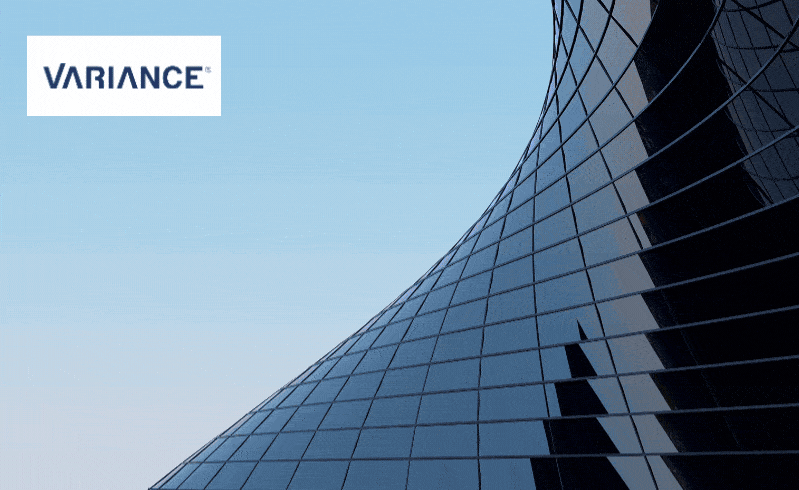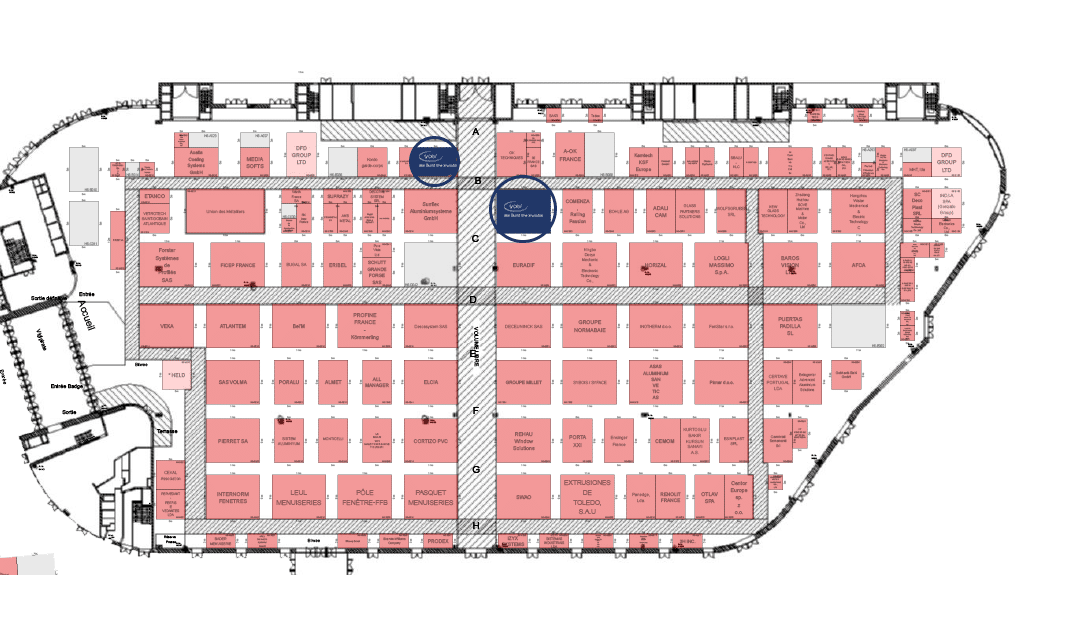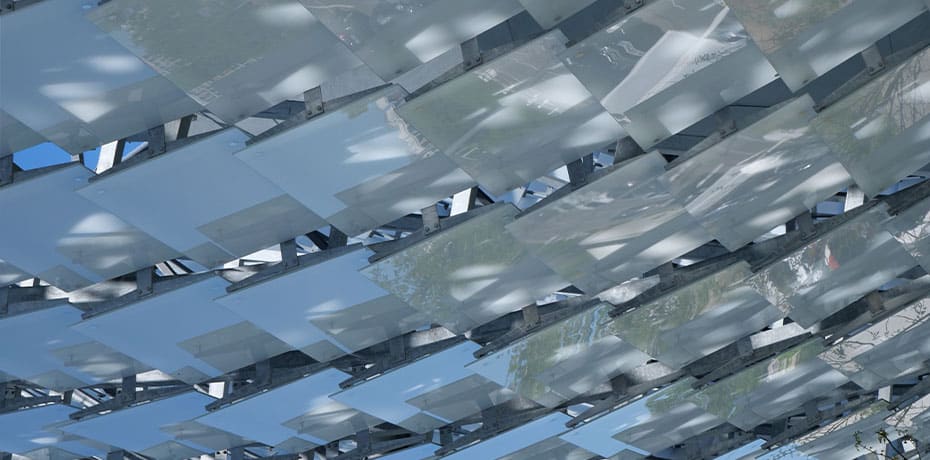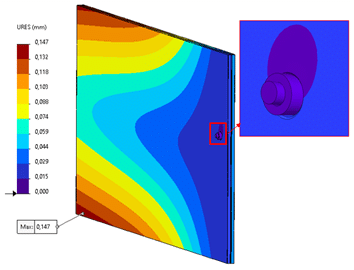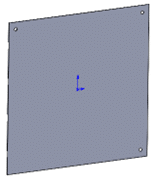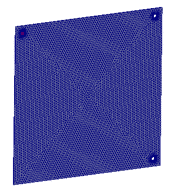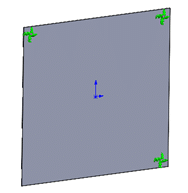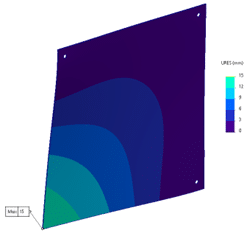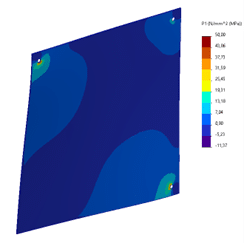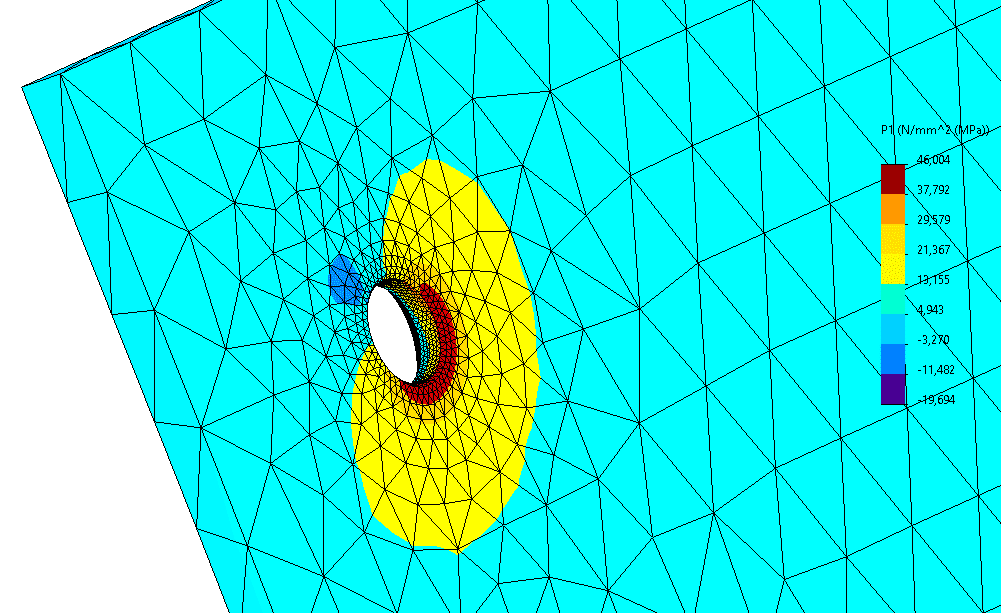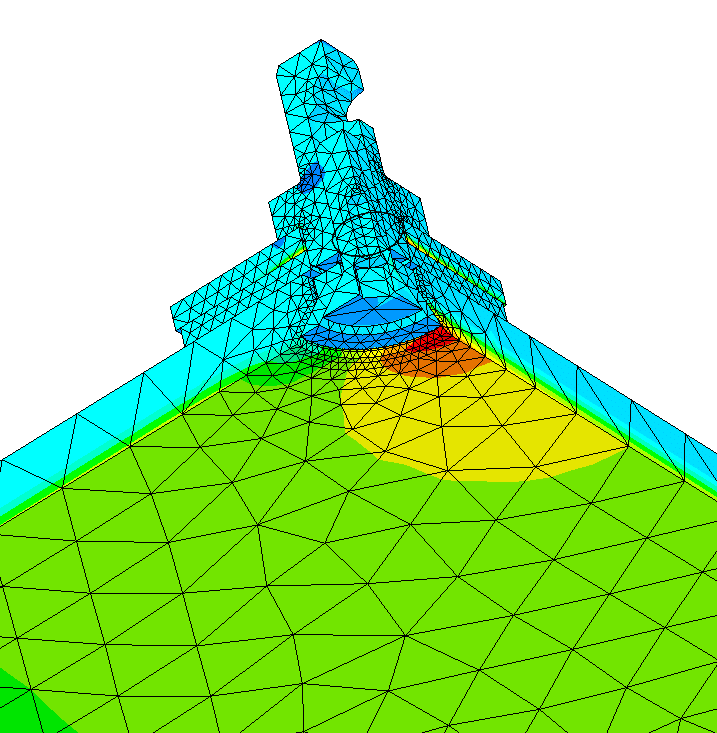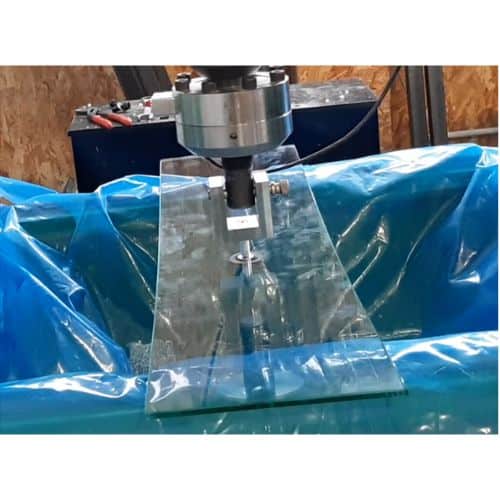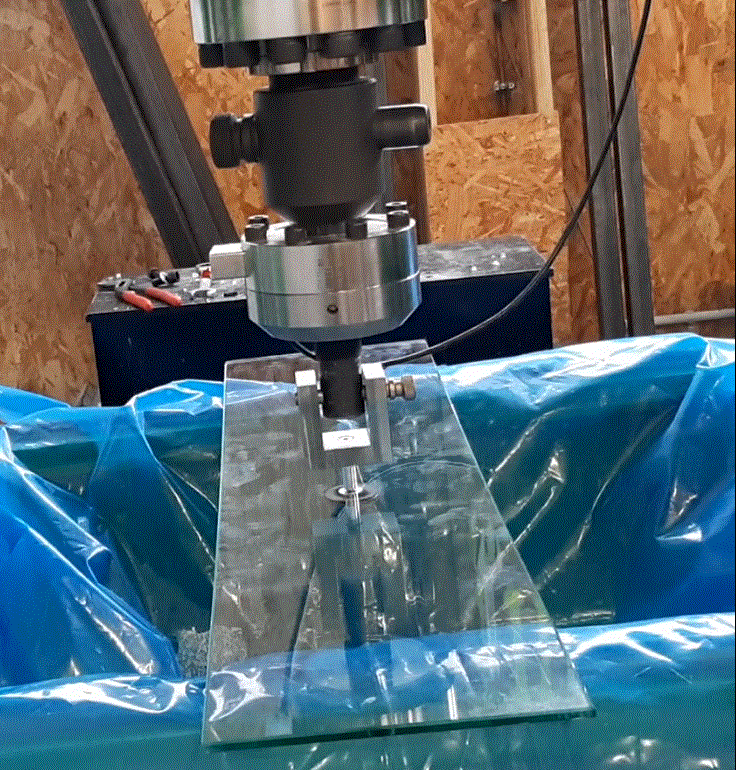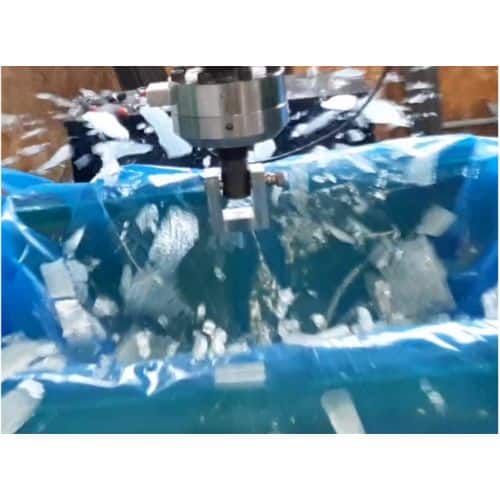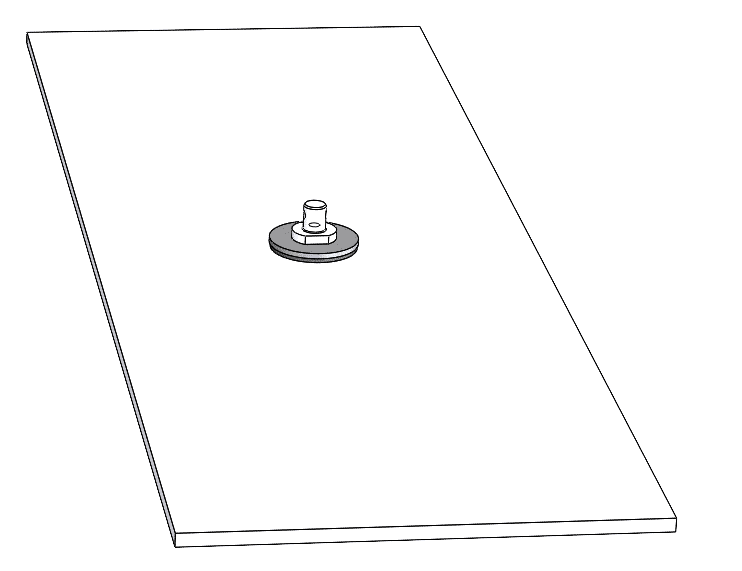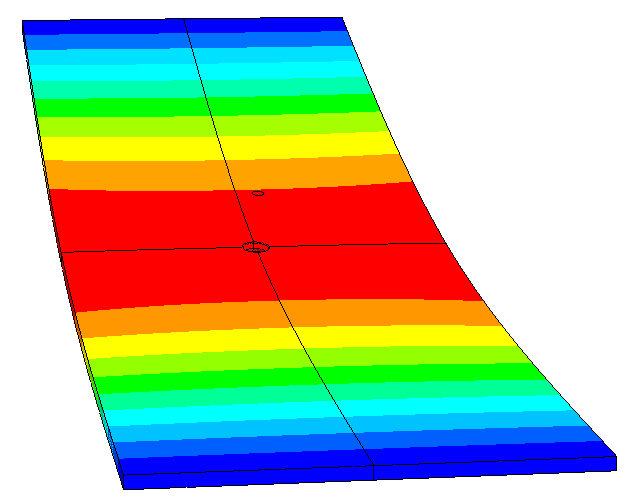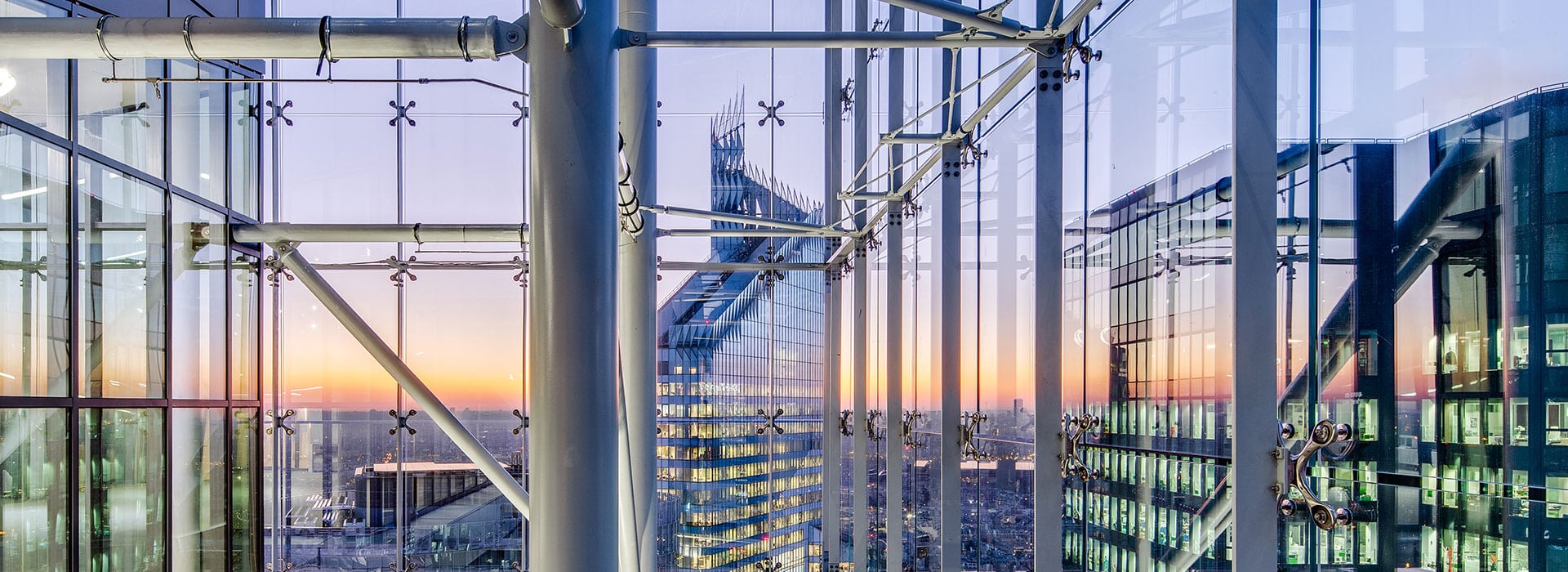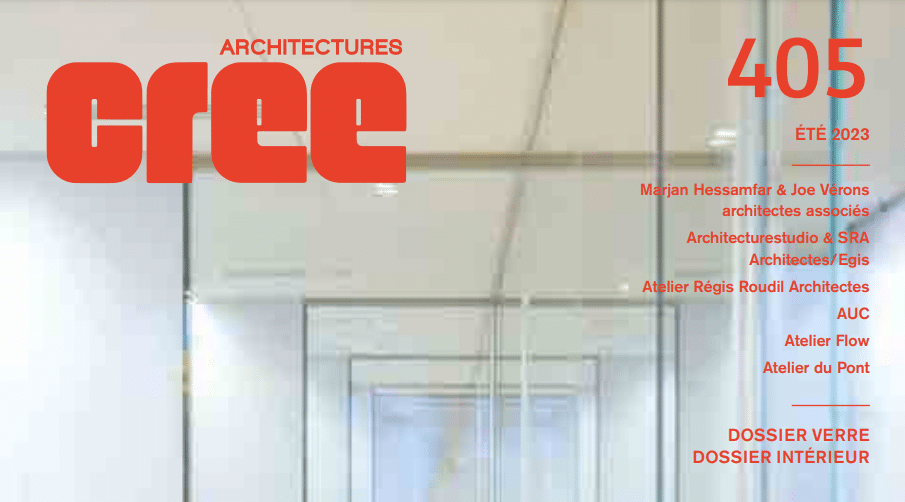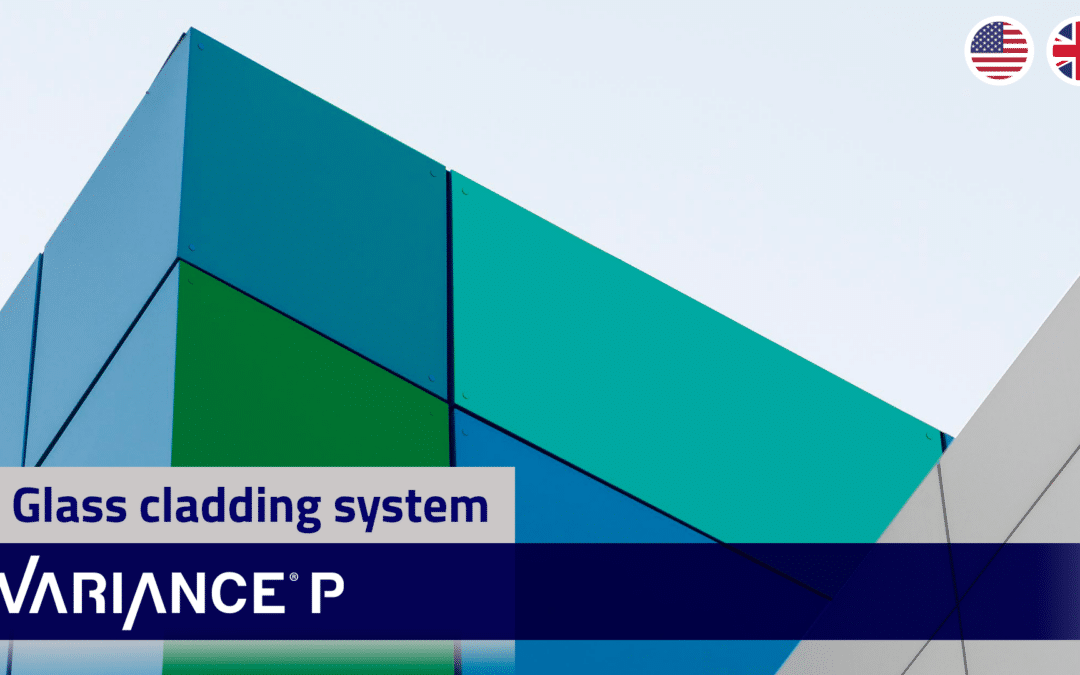
SADEV is ready for BAU 2025
We are pleased to confirm our presence at BAU again this year! 📣
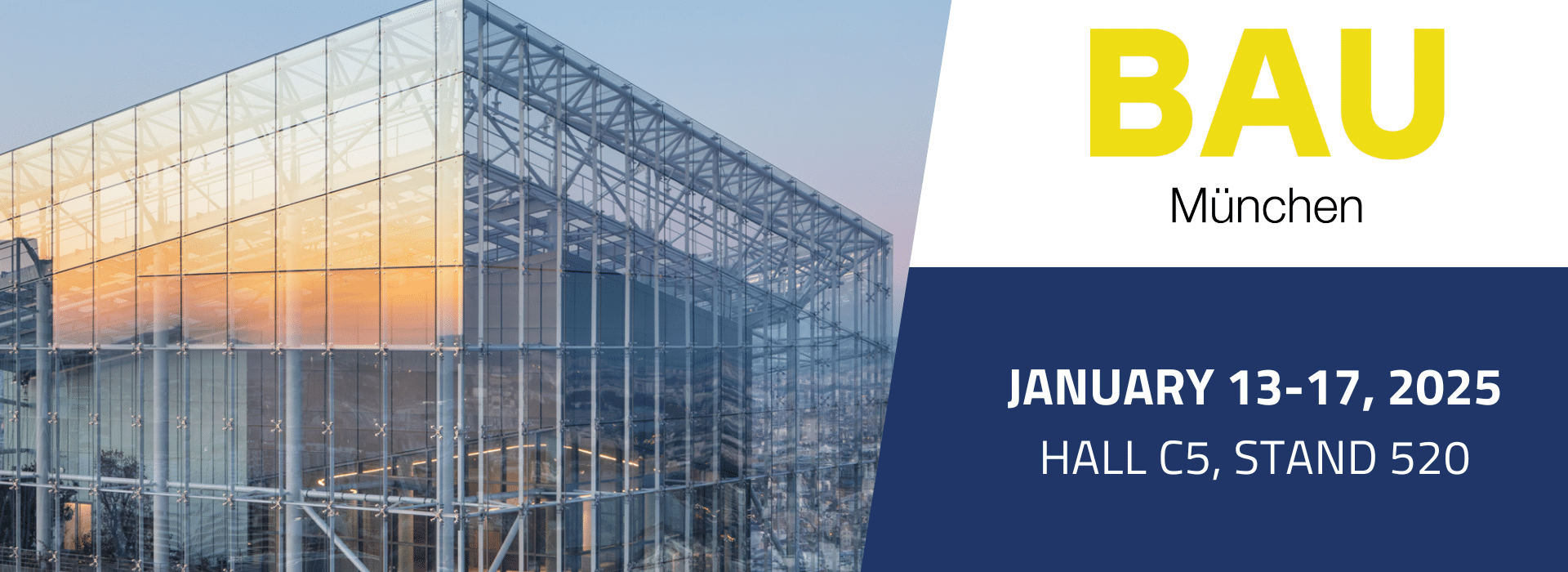
The world’s leading trade fair for construction is happening soon!
It’s the perfect place to see the latest innovations, gain industry insights, and connect with thousands of professionals from around the world. SADEV will be there !
What’s new for SADEV?
This year, SADEV has produced solutions for glass railings, as well as for glass building facades.
- ROMEO : the latest addition to the glass balustrade range, specially designed for balconies and French windows.
- Variance P : hook fastening system for easy, time-saving installation.
- Brise Soleil : several projects with horizontal and vertical solar shadding system have been installed on buildings to optimize light intake.
- Variance C : the Variance C system is open to all the big names involved in low-carbon glass solutions.
All our cladding, railing and barrier solutions for glass projects will be present at this edition.
The SADEV teams will be delighted to present them to you and answer all your questions.
Where can you find us?
We look forward to seeing you from January 13 to January 17 2025 :
. Hall C5 – Stand 520 : a dedicated design office and sales team for your structural glass, glass cladding and railing solutions.


